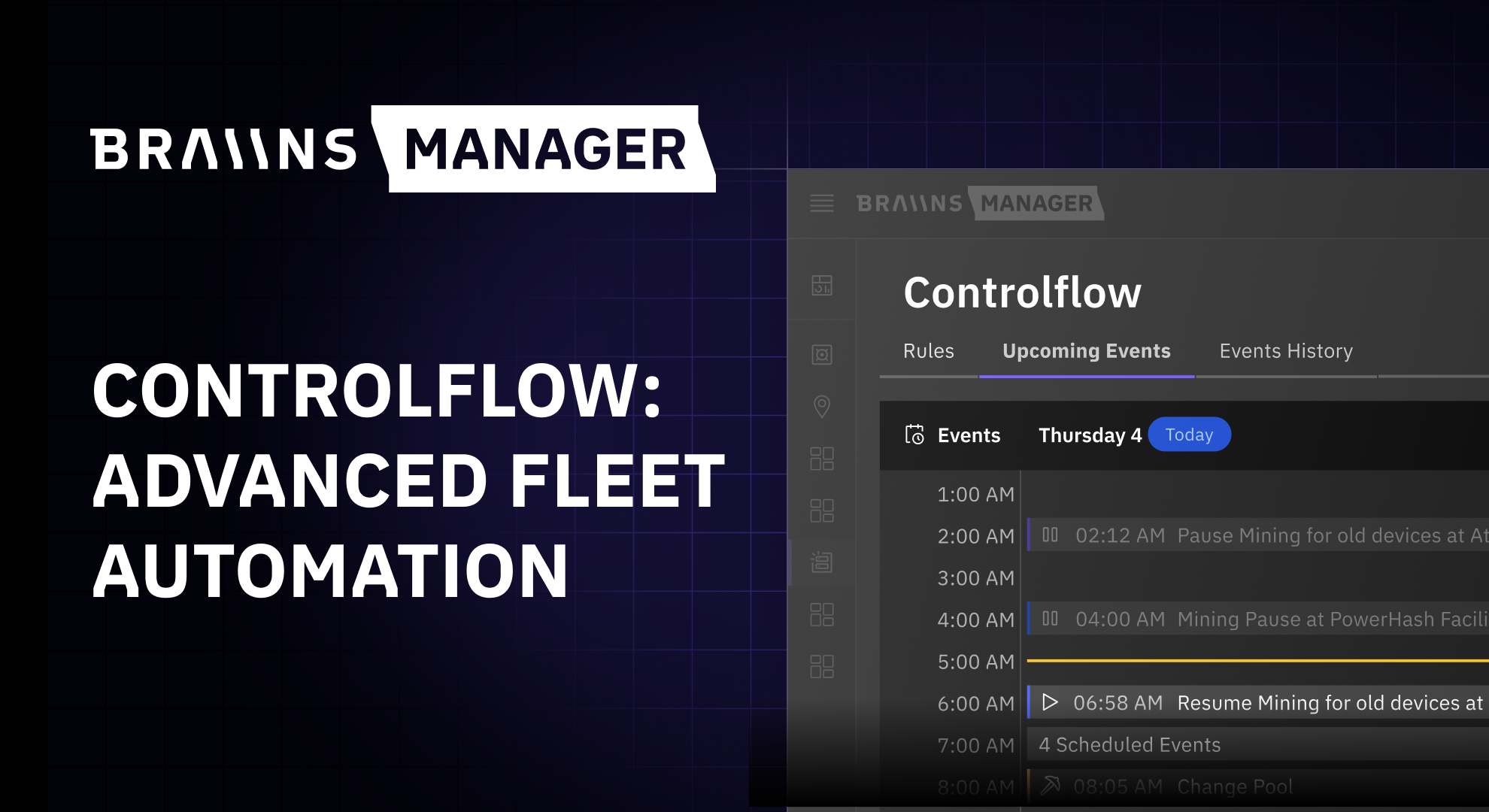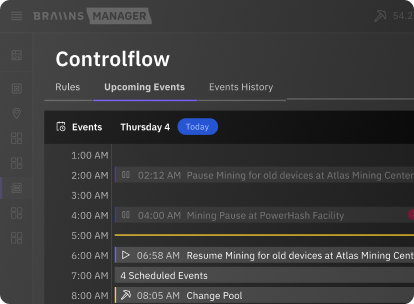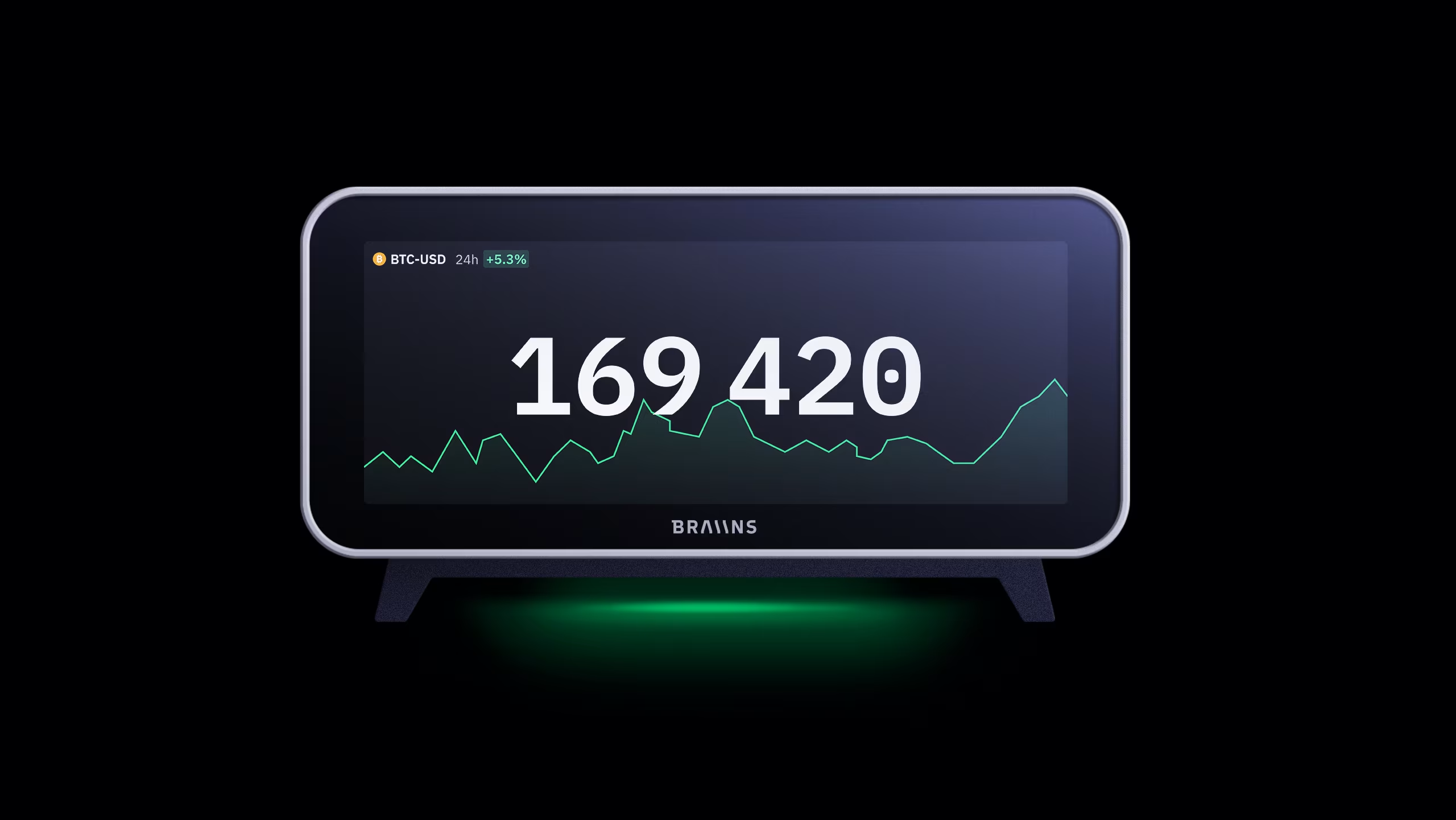The Bitcoin Halving, Part 2: Mining Edition
Published
20.4.2020
What happens to old hardware and how it might remain relevant? What are the expectations for total network hashrate levels before and after the halving? That and more in today's article.
.avif)
Table of Contents
In Part 1 of this 2-part series on the halving, we focused on how the market will be impacted by the reduction of revenue for Bitcoin miners.
In Part 2, we’ll dive deeper into the lesser-known details of the mining industry, including:
- Expectations for total network hashrate levels before and after the halving.
- What happens to old hardware and how it might remain relevant.
- The maturation of the mining industry and the emergence of publicly traded mining companies.
- How new mining projects, particularly in North America, figure to change the geopolitics of mining in the years ahead.
What’s in store for the mining industry?
Mining has become its own isolated niche in the Bitcoin world. Sure, many Bitcoiners know how it works on a basic level, but very few people outside of the mining industry have a good understanding of what the business landscape looks like today and where it’s trending towards the future. For part 2 of this article, we decided to ask our mining experts to shed some light on this important but often-overlooked sector of the Bitcoin ecosystem.
Question: Do you expect there to be a sharp drop in hashrate when the halving actually occurs? Why or why not?

Kristy-Leigh Minehan: The economic theory goes that when the price of a coin goes below the cost of production, a miner will spin down their hardware; as it applies to the halving, the theory goes that older devices will simply not be able to compete. Unfortunately, reality often gets in the way of our economic theory — not all miners fit into a nice neat little model (just like humans). Some players mine for a status symbol; for political or social relations; or even because there is backing from key strategic partners that serve another piece of their business.
Most utility providers will have punishments in their contracts that force a minimum consumption. So, if a client goes from consuming 50 MW to suddenly shutting off 25MW, there are penalties to pay. Miners have wisely been spending time upgrading infrastructure and devices to prevent that shut-off point, but there is still a choke-point in the number of ASIC units (your demand) compared to the number of mining companies buying (the supply). Throw in the recent COVID-19 pandemic which has caused havoc in supply chains, and you’ve got a slow moving distribution channel that can’t meet the demands before the halving.
In these periods of fierce competition, mining becomes an oligopoly where only the hardware producers (who have the lowest cost of production) can win. This is why a surge of new endeavors — like SBI Crypto, Layer1, Whinstone, ValarHash, Blockstream Mining — are surfacing: being able to ensure you are in control of your financial destiny and not at the whims of third parties is critical to a successful business.
I think we will see a gradual drop over the three months preceding the halving, but it will not be a sharp cliff. After these three months, we will see steady gains due to farms upgrading their older equipment with newer equipment as the choke on supply lessens.
王伟男 Wang Weinan: Hashrate is unlikely to drop substantially. This is because China is a Bitcoin factory and mining machines are constantly being replaced with new iterations (e.g. 7nm technology went into production last year.) Fortunately, the Bitcoin halving will be at the same time as the Chinese high water season (when water levels in rivers rise and so does the [hydro-electric] energy production), and thus the price for electricity will be very low. Even when the profit drops, the 7nm generation of miners (such as S17, T17,m20s and m21s) will still be able to bring a great profit because of their superior efficiency. Generally speaking, this halving can speed up replacement of the old hardware (e.g. S9 and T9) with the new-generation machines, but its influence on the hashrate won’t be that significant.
Nic Carter: There should be a drop in hashrate overlaid over the general increase in hashrate as newer more efficient ASICs come online.
Question: What is the fate of the older generation hardware (like Antminer S9s) in Bitcoin mining?
.png)
Jan Capek: S9s are about half as efficient as newer-generation hardware with stock settings, so that means that miners using S9s would need to have half of the electricity price to get the same cost per terahash of hashing power. There is a wide range of electricity prices throughout the industry (as Matt D’Souza showed in this fantastic analysis), so it’s likely that many S9s will find new homes in locations with the absolute cheapest power. On top of that, I have to mention the other way to extend the S9’s shelf-life, which is autotuning. We at Braiins just released a new autotuning firmware, Braiins OS, which enables miners to improve their efficiency by 20–30% with S9s — so this closes the efficiency gap with newer ASICs by about 50%. I would expect many miners with cheap electricity to buy up old S9s for little up-front cost, install autotuning firmware on them, and try to keep them profitable for more months yet.
Kristy-Leigh Minehan: The halving will put a lot of pressure on older generation hardware in places that have >0.04c/kwh TCO, but miners will seek to place them in areas with natural gas resources and with companies who specialize in this, or with providers in low-cost generation sectors, such as Kazakhstan or Georgia. Partly, this is due to sunk-cost fallacy — during the 2019 CryptoWitner, a surge of investment went into purchasing second-hand assets — these assets are more expensive to recycle versus simply mining with them (even though the return is minor), and thus investors will seek to use them, or work to upgrade them in new and creative ways (for example, where TAAL purchased non-operational units to upgrade them with “custom components”).
Question: Do you think it’s possible for more than 50% of Bitcoin’s total hash rate to be located outside of China by the next halving (2024)? What would it take for this to happen?

Kristy-Leigh Minehan: In order for this to happen, we will need supply chains that serve the U.S. and E.U without friction, and ensure that countries like the U.S. (one of the largest energy grids) are not penalized through tarriffs on components. This is happening throughout 2020 — Layer1, SBI Crypto, and others are looking to produce cost-effective ASIC machines built with a U.S-backed supply chain. However, these devices need to compete in efficiency with Bitmain and MicroBT, and that currently means competing with six years plus of R&D and innovation.
What I believe we will see as mining matures is more manufacturers licensing out their IP or selling chips (ala BitFury), allowing new companies to “white label” their own designs and differentiate on PCB and density. In parallel, to have a worldwide footprint, you need to have a worldwide company serving the space — thus, someone like Intel, Samsung or Texas Instruments will need to produce BTC ASICs. Traditional hardware manufacturers are better poised to serve an ecosystem like Bitcoin as they have pre-established supply chains, strict quality control processes, and better economies of scale to ride on.
Pavel Moravec: It’s certainly possible and the trends are actually looking quite promising. There is a rapidly growing market for Bitcoin mining that uses natural gas in North America, where there is a large excess of gas that is being flared (burned off) because there’s no other way to get rid of it. Since it would otherwise be wasted, this is incredibly cheap power (< $0.02/kWh) and the perfect opportunity to set up some miners. And that’s just one example of many, so I think there is reason to be optimistic about hash rate becoming more geographically distributed in the next few years.
Another big thing is hardware manufacturers. To this point, all Bitcoin ASICs have been coming out of China, and that results in higher hash rate in China because miners there have access to the newer machines first, plus they don’t have to pay international tariffs or higher shipping costs. Seeing a hardware manufacturer or two establish themselves outside of China would have a big impact, but it remains to be seen if any companies will be successful in that.
Question: We’re beginning to see more and more publicly traded companies in the mining industry. What are some differences between how a public company prepares for the halving and handles price volatility vs. a private operation?
Kristy-Leigh: In public companies, the name of the game is models. Most public companies have a dedicated financial planning & analysis (FP&A) team that will seek to model theoretical outcomes of how the halving will impact price (and related markets, like equipment prices), and will implement risk management strategies accordingly. Companies may also have buy/sell/hold strategies that are minimally low risk (converting mined coins every day or week), or they may treat the asset as a stock and have a long-term holding strategy. Given that there is a fiduciary duty to shareholders and board, many public companies will seek to minimize any gamble, though strategies are entirely driven by executive management and thus wildly differ from company to company.
In private companies, all bets are off — many private operations are currently doubling down for a potential increase a few months after the halving. Negative price volatility usually hits these private operations much harder than public, but the potential upside should they win the gamble means they become an attractive acquisition target.
I believe we will see less ‘risk takers’ as Bitcoin mining matures in the U.S.
Final thoughts
Nic Carter: As we progress through more and more halvings, the emergence of a robust fee market will be critical. We can’t depend on the subsidy forever, and fees will have to compensate at some point.
Kristy-Leigh Minehan: Keep stacking sats. :)
王伟男 Wang Weinan: As I mentioned in the previous answers, the influence of miners is not strong in this halving, because the amount of Bitcoin on the market is already high and the amount being mined is comparatively small. Only if there is an unexpected event in Chinese mining industry, such as Chinese regulation policy tightening up and many Chinese miners deciding to move abroad to mine or leave the industry as such… only then it can have an influence on Bitcoin’s price.
Jan Capek: For miners, #NotYourFirmwareNotYourMiner. For HODLers, hang on tight. ;)
Pavel Moravec: There is one more big step needed for the mining industry to reach maturity, which is a toolset for miners to better hedge their risk (i.e. derivatives). This will be an interesting frontier to watch in the next few years.
We’re always happy to engage with the community! If you have any ideas or content requests, give us a mention on Twitter @braiins_systems or @BraiinsPool.
Categories
Be the first to know!
Read Privacy Policy.
Most Recent Articles
.png)
The Best Bitcoin Conferences & Events of 2026
29.12.2025

Introducing Controlflow: Advanced Automation in Braiins Manager
9.12.2025



